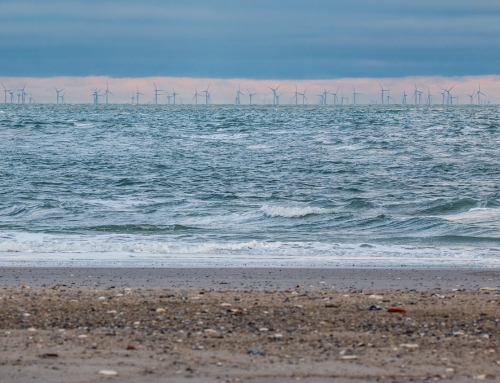The recent news that SSE, the electricity generator, is selling half of its Clyde Wind farm to a consortium of Greencoat UK wind, the sector-focused investment fund, and two pension funds is but the latest affirmation of the crucial difference between developing and running a wind farm project. Getting a project up and running, dealing with planning issues, construction problems etc. etc is a high risk enterprise. But once a wind farm has been established and is generating electricity, the financial returns over the long term become much more predictable. This makes them an attractive option for funds, including pension funds, which are in search of investments that will provide a stable return over a number of years. A sale also allows the developer, often a utility, to reduce debt and/or free up financial resources to develop a fresh project.
The outline details of the SSE deal are simple enough: Greencoat UK wind, the Greater \Manchester Pension Fund and the London Pensions Fund Authority are between them to purchase 49.9 per cent of the SSE’s huge 350 mw Clyde Wind farm in Lanarkshire for £355 million. Greencoat will have 28.2 per cent of the farm, while the two pension funds will have a total of 21.7 per cent. (It cost some £500 million to develop the farm and bring it into commission in 2012)
The deal does not include any share in SSE’s proposed Clyde Extension. That project, when completed would increase capacity by a further 162 mw and would initially raise SSE’s share of the enterprise back to around 70 per cent.
This is the latest deal involving Greencoat UK wind which only floated in 2013 but already had interests in 17 other wind farms located in the UK with a combined capacity of some 301.4 mw. It goes almost without saying that the wind farms concerned are already up and running and generating electricity, and thus represent valid investment opportunities. For the Greencoat’s declared objective is to provide investors with an annual dividend that increases in line with RPI inflation while preserving the capital value of the investment portfolio in the long term. The company announced in February 2016 that the total dividend per share for 2015 would be 6.26p per share. (There are currently 506.79 million shares, which at a share price of 106.25p gives a market cap of some £538.46 million)



